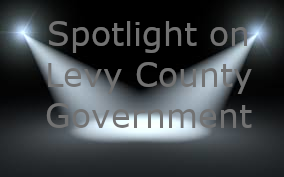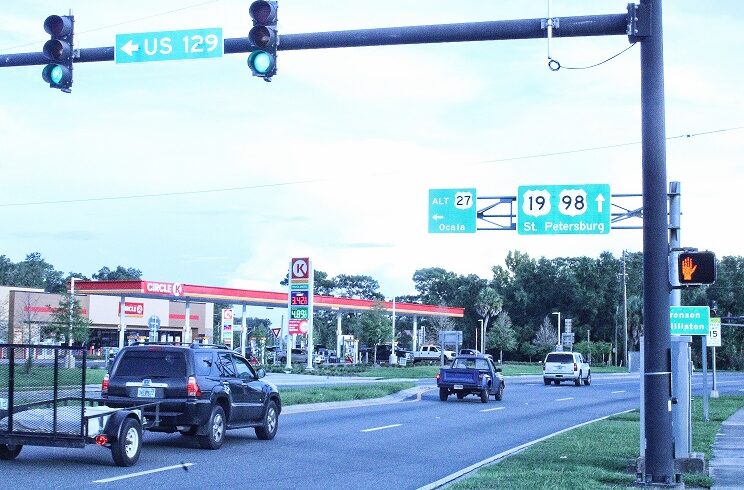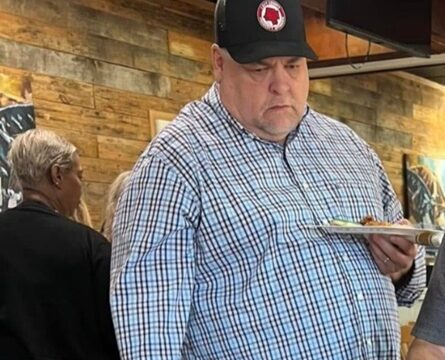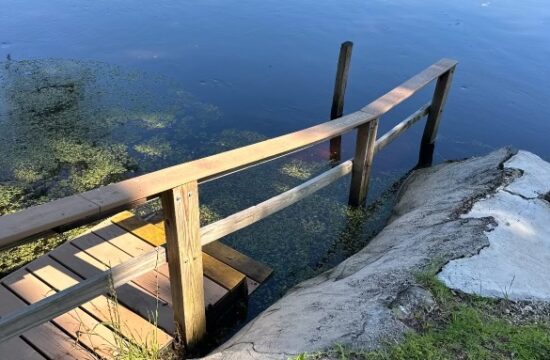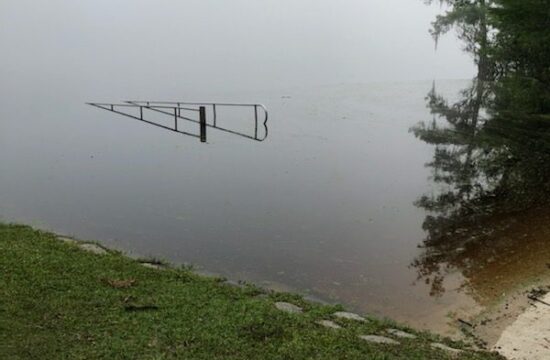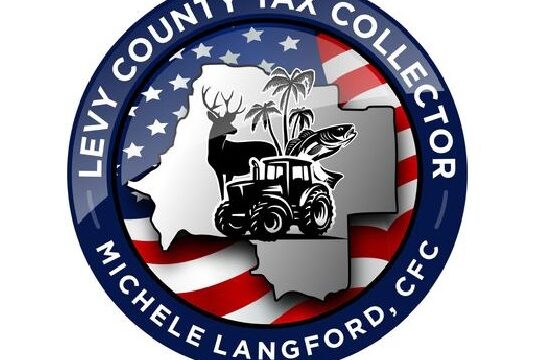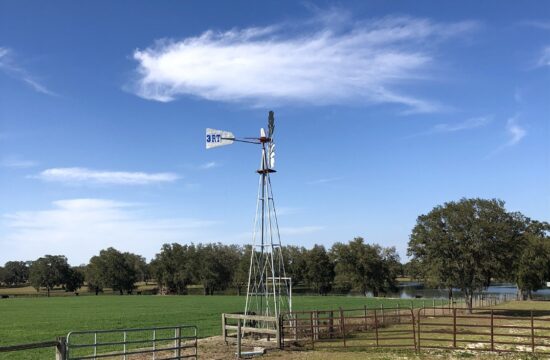By Terry Witt- Spotlight Senior Reporter
Part 2 – Spotlight Exclusive Interview on U.S. 19 Study
One of the many concerns Chiefland residents have expressed regarding potential changes to U.S. 19 is whether the Florida Department of Transportation might someday build a bypass around the city and starve the miles-long business district of customers.
The Florida Department of Transportation says that won’t happen.
If a bypass was built around Chiefland – and DOT says a bypass is currently not under consideration – long-distance and local travelers could choose whether to enter Chiefland on U.S. 19 from either end of town to use gas stations, restaurants, and motels, or drivers could choose to go around the city if they were in a non-stop mode, according to the agency.
But the devil is always in the details.
DOT is currently conducting a Project Development and Environment study aimed at preserving free-flow traffic conditions on U.S. 19, which could mean a lot of things. Traffic lights, for example, are considered an impediment to the free flow of traffic on U.S. 19. Chiefland has 7 traffic lights from the south end of town to Walmart on the north end of the city.
DOT is in the first stage of its PD&E study. The agency is collecting information on how traffic flows on U.S. 19 and what type of environmental features exist along the road that have to be considered when engineers actually begin designing free flow improvements to the highway.
Early next year public meetings will take place to give members of the public a look at the environmental, cultural, historic, and archaeological features that exist along U.S. 19 in the PD&E study area that stretches from the unincorporated Citrus County community of Red Level a few miles south of Inglis, to NW 140th St. a few miles north of Chiefland. The proposed solutions for maintaining free traffic flow on the highway won’t be put on a map until the fall of 2023 at the earliest.
When interviewed recently, Ryan Asmus, lead engineer for the PD&E study, said U.S. 19 will remain a free highway even if improvements are made to preserve free traffic flow. Translated, that means the highway won’t become a toll road and it won’t have toll booths where people have to pay to travel. He said the PD&E study also has a no-build option.
Asmus was asked if U.S. 19 would remain connected to Chiefland on both ends if future changes are made to the highway.
“Absolutely. You can strategically place all of the interchanges so that there’s connections for folks wanting to come in Chiefland or folks wanting to get on the bypass to go around Chiefland. Part of where those are located is from the input we get from local elected officials and from the community. A lot of that is public interest in where the public wants it to go to,” Asmus said. “We don’t know that we’re going to do a bypass. There are other solutions that can be made to provide free flow conditions in Chiefland. Grade separation is one option.”
“With free flow, what you’re trying to address is anything that impedes your flow of traffic. Traffic signals – going up and over a signal if you want traffic to continue free movement, that’s an option. Again, with that option come impacts and the impacts will be scored against other alternatives that would be developed,” he added.
Asmus said a good example of what grade separation looks like is on State Road 100 in Starke. He said there is a grade separation being constructed that will allow traffic to pass over a railroad overpass.
“That’s where you have a free flow condition that will go up and over a side road. It’s the same as a tight interchange; it’s the same idea but it’s up and over a signal,” he said.
Regarding grade separation, Asmus was asked if DOT would ever consider a grade separation that would go up and over Chiefland in an effort to avoid all the traffic signals. He said DOT would never do something like that.
“It’s just going to be where you need it to maintain that unimpeded free flow traffic condition,” he said.
He was also asked about how DOT would allow traffic on State Road 24 in Otter Creek to continue freely flowing from one side to the other when traffic volume increases. Thousands of residents live in Rosewood, Sumner, and Cedar Key. Ambulances, fire trucks, police, and other emergency vehicles pass from one side of State Road to the other daily through the Otter Creek intersection. Residents and tourists use the intersection to access Cedar Key or to travel the other direction to medical and shopping facilities in Gainesville.
Asmus said a grade separation at the intersection would allow traffic to move faster across that intersection than it does today.
“Let’s say a grade separation is an option. It’s like a tight-diameter intersection. Your flow on State Road 24 would actually improve. Your conflicting traffic (on U.S. 19) would go up and over,” Asmus said. He added that DOT doesn’t have enough information collected at this point to know whether a grade separation at Chiefland or State Road 24 would work.
“All we’re doing is collecting existing information in a planning phase of the PD&E,” Asmus said.
In this early stage of the study, the agency is identifying all the wetlands, rivers, streams, springs, wildlife, and endangered wildlife in the area of the U.S. 19 traffic corridor in the study area.
“We are evaluating and collecting that information now. Some of that was done through a desktop study, but now we’re at the point where staff will be out sampling for contamination, sampling for artifacts, and making sure all the historic elements are quantified and known, so we don’t propose something that would impact an archaeological feature. We’re trying to identify all the features now before anything is proposed,” Asmus said.
He said the current plan for the PD&E study is to provide all the information that has been collected and share it at a meeting early next year and then begin working on concepts.
“The concepts would be the alternatives – what improvements need to be made to preserve free flow traffic condition,” he said.
Asmus was also asked to explain how DOT plans to use the roughly $27.4 million the Florida Legislature allocated this year for “arterial corridor development” on U.S. 19.
He said most of the money is for preliminary engineering. He said some of the money is for the purchase of highway right-of-way, but none of the right-of-way acquisition funds will be spent in this phase of the study. He said the right-of-way acquisition money can be thought of as being like a bank account. The Legislature doesn’t provide all the money for land acquisition in one year. DOT will bank the money until a decision is made on whether to go forward with adding facilities to preserve the free flow of traffic on the highway.
The actual design phase begins after the DOT presents its findings on environmental, cultural, and historic features along U.S. 19 early next year. The actual meat of the project, the design phase, comes next.
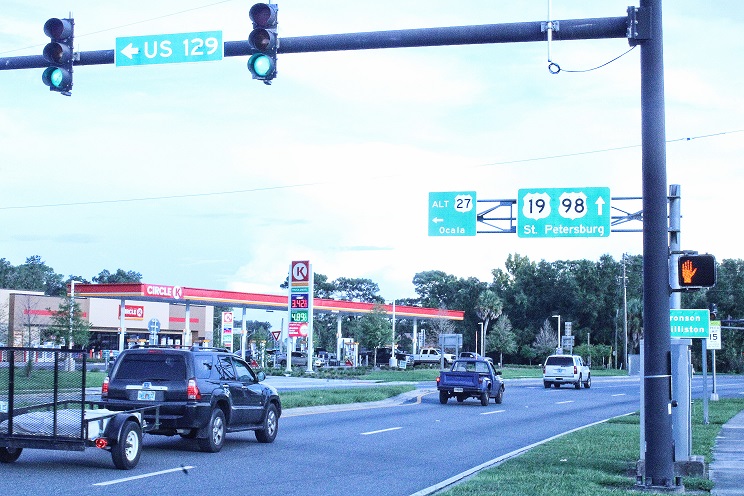
—————————–
Enterprise Reporting by Terry Witt August 30, 2022; Posted August 30, 2022
